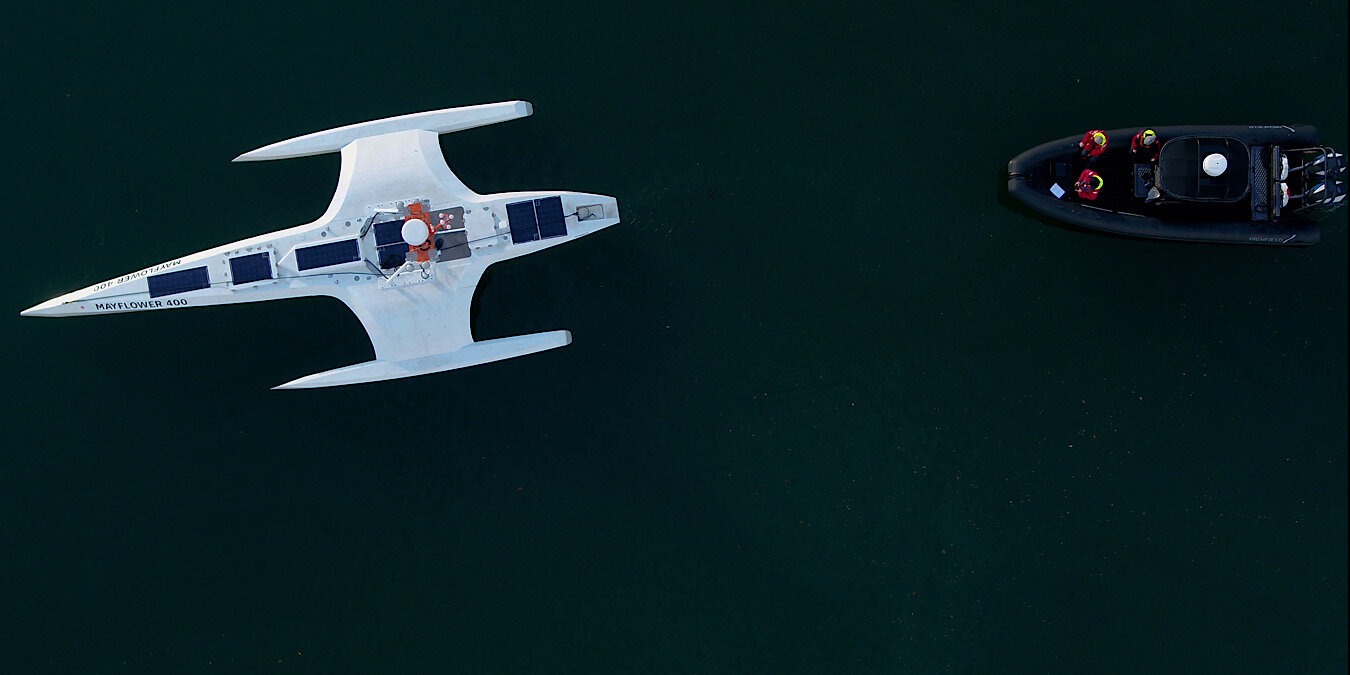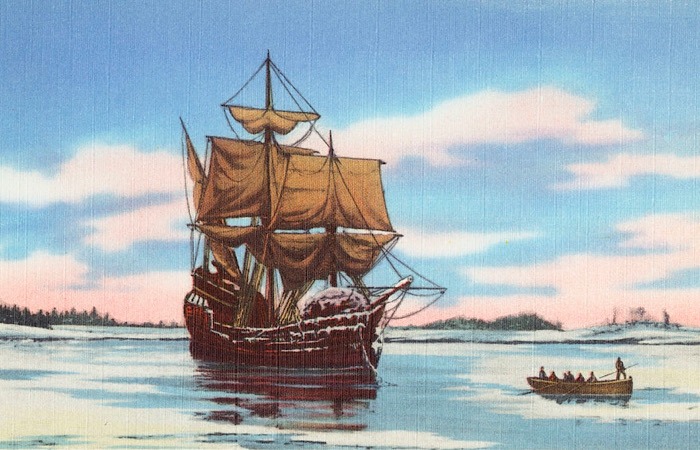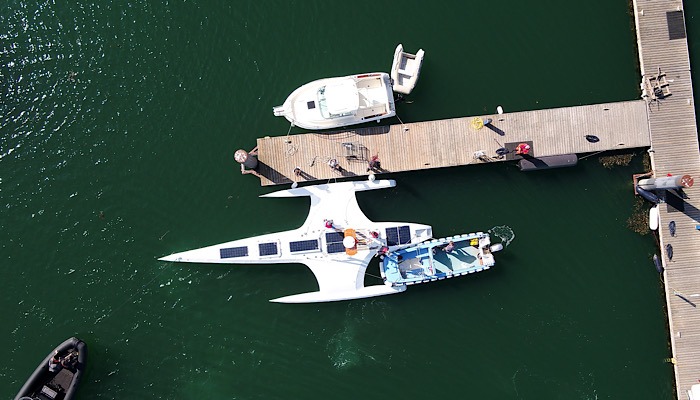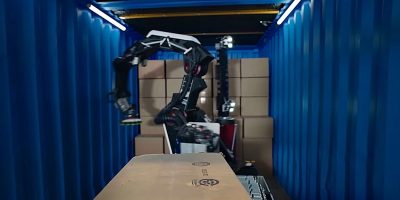
We’ve seen autonomous cars, autonomous trucks, autonomous bicycles, and now we will also have an autonomous ship. This will not be transporting people or delivering goods, but it does leave a question whether it will lead to other autonomous ships as well.
Mayflower Autonomous Ship Concept
While this autonomous ship isn’t being used for transportiong or deliveries, it is fulfilling an important role. It’s reflecting back on a historical voyage when the Mayflower set off for America.
This voyage was first proposed in 2016 by the Plymouth City Council in England. One-hundred thirty passengers made that original voyage 400 years ago in search of a better life.
The new vessel has been named the Mayflower Autonomous Ship (MAS). The five-ton ship will follow close to the same route the original Mayflower took to reach the New World.

An unmanned submarine builder, Brett Phaneuf, rejected the suggestion that he build a replica of the original ship. He urged Plymouth to consider looking to the future.
“Why don’t we do something that speaks to the next 400 years … not the last 400? Let’s take inspiration from that sort of event where people undertook a hazardous journey into the unknown,” suggested Phaneuf. He noted that a ship without a crew would leave more space and time for research.
IBM joined the venture to build the AI Captain, an on-board computer that will work remotely. A million nautical images were used to train AI Captain to recognize hazards. IBM also added a built-in Geek management system to follow regulations and prevent collisions.
“The ship can understand how it’s moving, what’s around it … how its rudder is functioning, how its instruments are working, and how much energy it has,” said Phaneuf. “It builds up a scene of what’s around it, and then it makes decisions without us about how it should act to remain safe.”

The Mayflower Autonomous Ship will have radar and lidar, cameras, and GPS, just like autonomous vehicles. In addition, it will be sporting weather sensors and a system that will provide information on other ships that may be passing by. Research pods will be on-board as well, conducting experiments, with some results headed to Plymouth University.
“This is the boot generation of ocean research,” said Rosie Lickorish, a software engineer and oceanographer at IBM Research. “We are able to do a lot more on the vessel than we would have been able to do previously.”
To aid the research, microphones placed on the hull will be picking up sounds of whales, and a “smart tongue” will record the chemical makeup of the ocean. Water will be collected by a robotic sampler to check for microplastics.
The lone passenger will be Artie the Octopus, built by IBM and Chatbotboy. Artie is a software app that will answer questions and tell jokes to the public.
Maiden Voyage
The Mayflower Autonomous Ship will move more quickly than the original vessel 400 years ago. The Mayflower landed at Plymouth Rock in the United States in around 10 weeks, while the new ship will take up to three weeks, moving at a speed of about 10 knots over 3,000 miles of ocean.

The pandemic has been hindering the voyage for a year. It was initially set to take off last September. It’s now scheduled for April 19. Covid restrictions mean there won’t be a huge bon voyage, but Phaneuf promises, “There’s going to be a party when it
gets there.” The Boston native vowed, “I can promise you that.”
While this autonomous ship isn’t providing a necessary service, it is fulfilling an important role. It’s reflecting on a historical voyage. It would seem that the technology isn’t going to stop there. So much ingenuity has gone into creating the Mayflower Autonomous Ship, it doesn’t seem likely that it will all just be thrown away.
But will this lead to other unmanned voyages? Or could it possibly someday lead to the advancement of passenger cruising? Perhaps these are questions the copious research will be able to answer.
If you would like to learn more about radar in autonomous transportation, check out What Is 4D Imaging RADAR and How It Impacts Autonomous Vehicles.
Image Credit: IBM Newsroom and The Mayflower at sea by Boston Public Library









